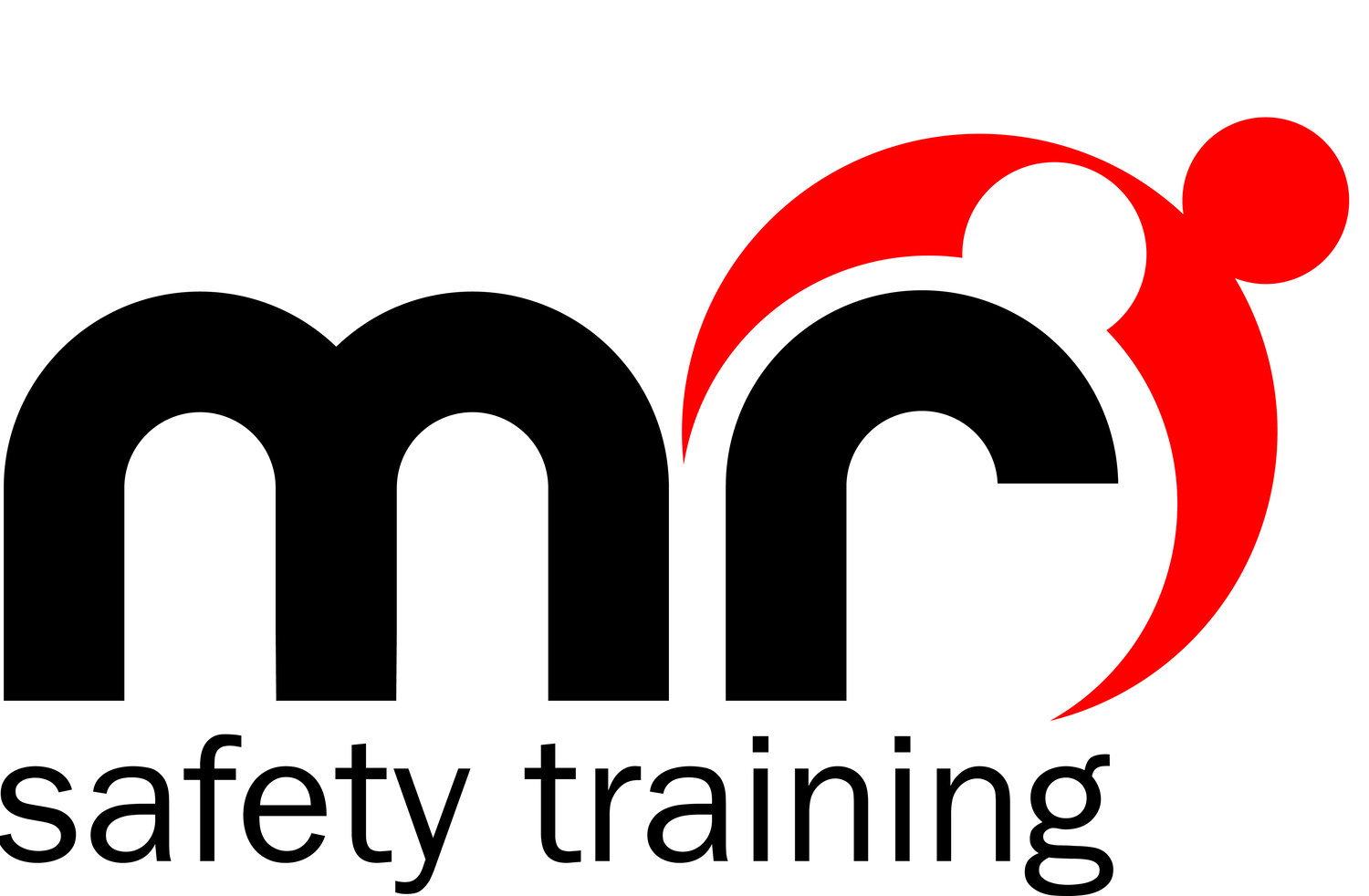In October 2015, the UK Resuscitation Council amended the procedure for First Aid.
The amendments are:
1) - Shouting for Help - Previously, the primary assessment consisted of DRSAB. Now, the shout for help stage has been removed, making the process DRAB. Check for Dangers, Check for Response, Open the Airway, Check for Normal Breathing. Shouting for help should be done continuously, without interrupting helping the casualty.
2) - Checking the Airway - Before opening the airway, we used to check the mouth first and look for any foreign object. The has now been removed, as it is important to open the airway as quick as possible to give the casualty the best chance in recovering.
3) - Calling for EMS - When calling 999/112 for an ambulance, it is recommended to place the phone onto loud speaker function, this allows the rescuer to continue helping the casualty whilst the ambulance dispatcher is assisting.
4) - Seizure like episodes should not be confused as "normal signs of life" - Seizure like episodes are quite common following a Cardiac Arrest, this should not be confused with normal recovery. If in doubt, continue CPR.
5) - When to begin CPR - Once the first aider has checked for breathing for 10 seconds, if the breathing is not normal, commence CPR.
Adult CPR - 30 chest compressions in the centre of the chest. If you feel comfortable to give breaths, then give 2 breaths after every set of 30 compressions. If you are unable to or uncomfortable giving the breaths, then just continue giving chest compressions.
Child / Infant CPR - 5 initial breaths first, then 30 chest compressions followed by 2 breaths, and repeat at a ratio of 30:2 until help arrives.
Same number, same speed, just alter the pressure depending on casualty
Adult = 2 hands in the centre of the chest (1 on top of the other). If casulaty is elderly, then you may use child pressure
Child = 1 or 2 hands in the centre of the chest depending on size difference between casualty and first aider
Infant = 2 fingers in the centre of the chest
